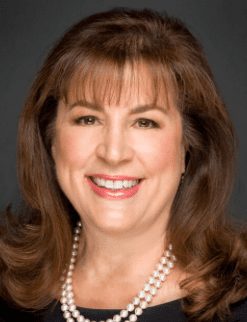On May 28, GovCon execs virtually gathered to discuss the challenges the industrial base faces amid COVID-19, drilling into the safety requirements, the pandemic’s impact on business procedures and the importance of retaining talent.
The discussion, hosted by The Center for Strategic International Studies, addressed the inconsistent health and safety requirements across the industry, including the future of personal protective equipment regulations, production challenges and corporation health liabilities.

Science Applications International Corp. CEO Nazzic Keene noted these safety requirement inconsistencies.
“There is good guidance, but there is not a lot of specific rules in some cases, especially on the contracting level,” Keene said. She explained the vague guidelines are a challenge when collaborating with multiple companies and costumers.
Mitch Snyder, president and CEO of Bell, solidified Keene’s point by expounding on the nuanced nature of international production chains.
“We have factories operating in Canada and Mexico, so we had to work closely with Commerce, State, DOD and others to make sure supply chains in those countries are also deemed essential,” Snyder said.
In fact, many uncertainties arise from inconsistent regulations.
“Are you going to be able to produce on time, or are you going to have allowable delays? What is an equitable adjustment in allowed expense?” asked Ret. Air Force Gen. Hawk Carlisle, president and CEO of the National Defense Industrial Association.
In guiding SAIC, Keene said: “We have to come together. We have to have a common approach, and we have to do it for the well being of our collective team and our mission.”
COVID-19 will and has been impacting standard business procedures. As employees adjust to the new normal, the pandemic significantly affects employee capabilities and well being.
Keene alluded to several SAIC innovations, including an employee leave donation program, use of 3D printing capabilities to manufacture face shields, and implementation of wellness programs intended to address rising stress levels among employees.
“It has become very important to have flexibility in the work model and flexibility in how they (employees) deliver their work and what hours they work,” Keene explained. Some industry changes will be permanent, such as increased automation to limit the number of employees working in close quarters.
Carlisle responded to this concept by saying: “There’s still going to be people in the loop. Where you put them in the loop is just going to change.”
The speakers also addressed expectations for the continued war for talent.
“The type of work that we do, the mission-critical type of work we do, the purpose-driven aspect of who we are and serving the nation is significant to people,” Keene said. “Being able to continue to do that during this pandemic speaks to people more than just the paycheck.”

